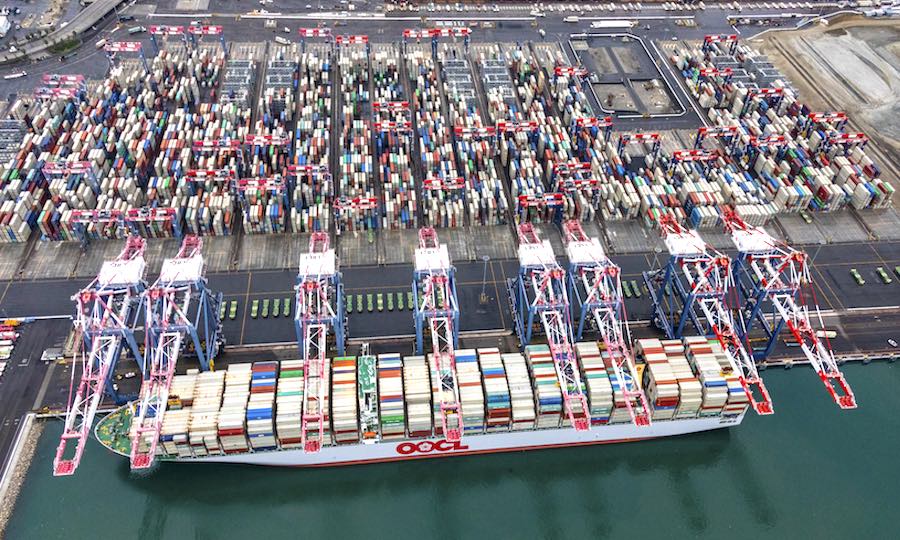US Port Fees Spark Tensions with China

As the countdown to new port fees begins, tensions escalate between the United States and China. The U.S. Trade Representative (USTR) plans to implement these fees starting October 14, targeting vessels linked to Chinese entities. In response, Chinese Premier Li Qiang has authorized countermeasures against nations that impose discriminatory measures affecting Chinese maritime operations.
Details of the Upcoming Fees
Under the new regulations, the USTR will charge $80 per net tonnage (nt) for voyages conducted by vessels owned or operated by Chinese entities. In contrast, non-Chinese operators of Chinese-built ships will incur higher fees, either $23 per nt or a flat rate of $154 per twenty-foot equivalent unit (TEU) capacity. Each ship can be charged these fees up to five times a year, significantly impacting shipping costs and trade dynamics.
Forecasts from Alphaliner indicate that COSCO, which includes OOCL, could face substantial financial repercussions. If current fleet deployments remain unchanged through next year, the company may incur approximately $1.53 billion of the estimated $3.2 billion in fees from the top ten carriers by 2026. This projection highlights the potential financial strain on shipping lines heavily reliant on Chinese operations.
The uncertainty surrounding the implementation of these fees has been exacerbated by the recent federal government shutdown in the U.S. Some industry experts speculate that the USTR may delay or reconsider the October 14 deadline amidst ongoing negotiations between the U.S. and China. Judah Levine, head of research at Freightos, noted that many are skeptical about the fees taking effect as planned, suggesting that they may be leveraged as a bargaining chip in broader trade discussions.
Mexico votes to charge cruise ships $42 per passenger for port calls
Industry Reactions and Future Implications
The upcoming port fees were a central topic at the recent Maritime CEO Forum in Singapore, where industry leaders gathered to discuss the evolving landscape of global shipping. The fees’ introduction has raised concerns about their potential impact on international trade and the shipping industry, particularly amidst the ongoing tensions between China and the U.S.
As the deadline approaches, stakeholders in the shipping sector are closely monitoring developments. The uncertainty surrounding the fees could lead to strategic adjustments by shipping companies as they navigate the complex international regulatory environment. The situation remains fluid, and the next few weeks are crucial for determining the future of U.S.-China maritime relations.
